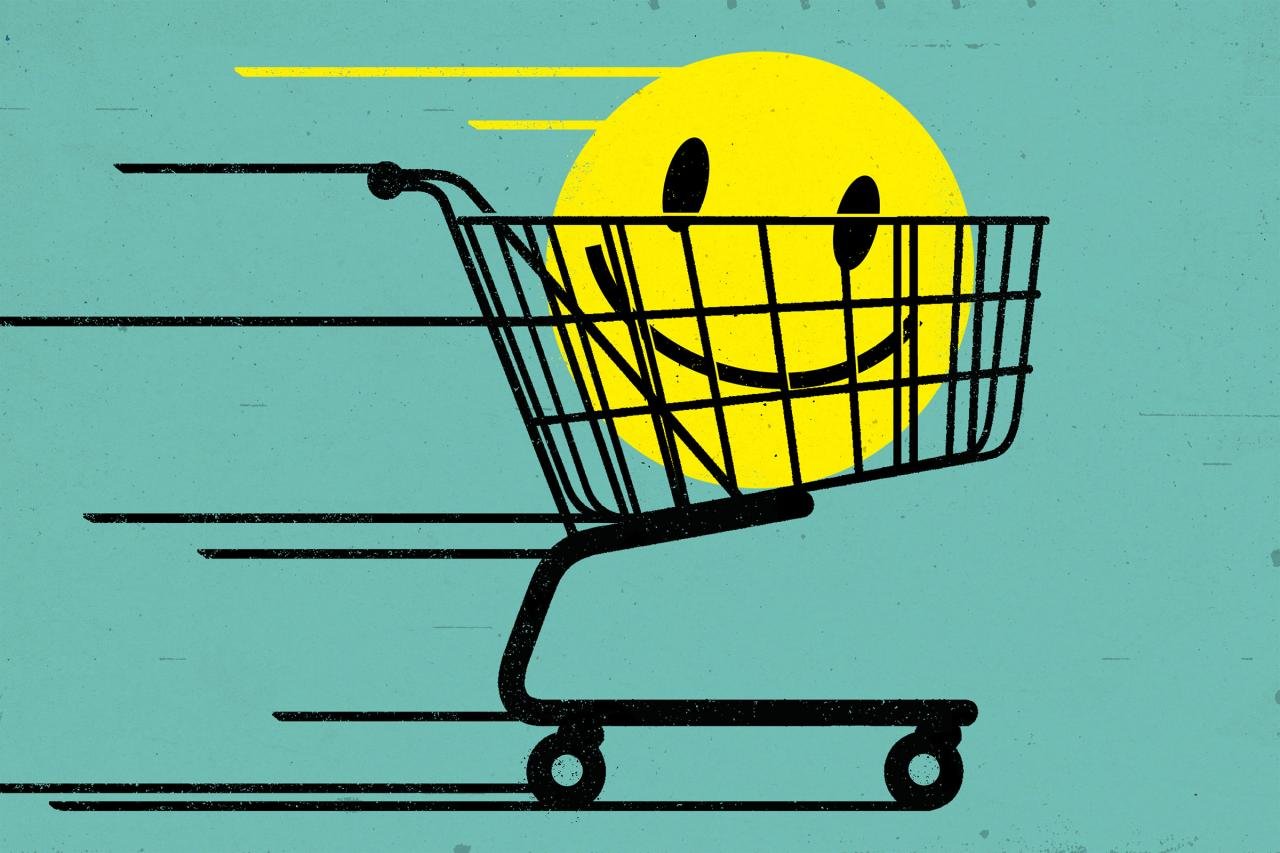i buy san diego sets the stage for this enthralling narrative, offering readers a glimpse into a story that is rich in detail with casual formal language style and brimming with originality from the outset.
In a world where communication transcends borders, translation plays a pivotal role. It connects diverse cultures, allowing individuals and businesses to share ideas, products, and stories across different languages. Whether it’s literary works that evoke emotions or technical documents that require precision, understanding the nuances of translation is essential for effective global interaction.
In today’s fast-paced digital world, one of the most significant shifts we’ve seen is the way we consume information. The shift from traditional media to digital platforms has not only transformed how we access news and entertainment but has also altered our reading habits and preferences. This article aims to explore the evolution of media consumption, the impact of technology on our reading habits, and the future of information dissemination in the digital age.To begin with, let’s journey back to the early days of media consumption.
Newspapers and magazines were once the primary sources of news and information. People would sit down with their morning coffee, flipping through the pages of a broadsheet, savoring the tactile feel of the paper between their fingers. This routine was not just a daily habit; it was a ritual that defined the start of the day for many. The printed word held authority, and readers often felt a sense of trust in the articles published by reputable journalists.As technology advanced, the introduction of the internet revolutionized this landscape.
With a simple click, information became accessible at our fingertips. The rise of websites and blogs allowed anyone with an internet connection to share their thoughts and ideas. This democratization of information was both exciting and overwhelming. Suddenly, the world was filled with diverse opinions, and the authority of traditional media began to wane. Readers found themselves sifting through a sea of content, trying to discern what was credible and what was not.The emergence of social media platforms further transformed our media consumption habits.
Instead of turning to newspapers or dedicated news sites, many users now rely on platforms like Facebook, Twitter, and Instagram for their daily news updates. This shift has made information consumption more instantaneous but also more scattershot. Social media feeds can become a cacophony of voices, where facts and opinions intermingle, often leading to confusion and misinformation. The challenge for consumers is to navigate this complex landscape and develop critical thinking skills to assess the reliability of the sources they encounter.Moreover, the mobile revolution has played a crucial role in shaping how we consume content.
With smartphones becoming ubiquitous, we now have the ability to access information anytime and anywhere. This convenience has led to a culture of immediacy, where waiting for information is becoming a thing of the past. However, this has also resulted in shortened attention spans. Studies suggest that the average person now spends only a few seconds on a webpage before deciding if they want to continue reading.
As a result, content creators have had to adapt their strategies, focusing on engaging headlines and bite-sized information to capture readers’ attention.In addition to changes in how we consume media, the formats of content have also evolved. The rise of podcasts and video content has transformed traditional narrative forms. Many people now prefer to listen to podcasts during their commutes or watch short videos on platforms like TikTok and YouTube rather than reading articles.
This shift has created new opportunities for storytellers and marketers alike, as they can engage audiences in innovative ways. Visual and audio content can often convey emotions and narratives more effectively than text alone, making them powerful tools in the digital age.However, with this evolution comes the responsibility of producing quality content. As the quantity of information available online continues to grow, the demand for quality journalism and thoughtful analysis becomes even more critical.
Consumers are increasingly seeking out in-depth articles and investigative pieces that offer a comprehensive understanding of complex issues. This trend indicates that while the format of media consumption may change, the need for trustworthy, well-researched content remains constant.The future of media consumption is likely to continue down this path of rapid evolution. Emerging technologies, such as artificial intelligence and virtual reality, are set to influence how we interact with media.
For instance, AI-powered algorithms can curate personalized news feeds based on individual preferences, potentially leading to echo chambers where users are only exposed to viewpoints that reinforce their beliefs. On the other hand, virtual reality could create immersive experiences that allow users to engage with news stories in unprecedented ways, offering a deeper understanding of events as they unfold.As we look ahead, it’s crucial for both content creators and consumers to remain adaptable and open-minded.
Embracing new technologies and formats can lead to exciting opportunities for storytelling and information sharing. However, it is equally important to cultivate media literacy skills that enable us to critically evaluate the information we encounter. This dual approach will help ensure that we can navigate the complexities of the digital landscape while still staying informed and engaged citizens.In conclusion, the evolution of media consumption is a fascinating journey that reflects broader societal changes.
From the printed word to the digital age, our reading habits have transformed dramatically, influenced by technology, social media, and changing consumer preferences. As we embrace the future, the challenge lies in balancing convenience with quality, ensuring that we remain discerning consumers of information in an ever-complex world. Adapting to these changes will enable us to harness the power of information while fostering a more informed and engaged society.
Thus, the way we consume media will continue to evolve, shaped by the innovations of tomorrow and the lessons learned from the past.
Commonly Asked Questions
What is the primary role of a translator?
The primary role of a translator is to accurately convey the meaning of text from one language to another while preserving its tone and style.
What skills are essential for a translator?
Essential skills for a translator include proficiency in multiple languages, cultural awareness, attention to detail, and strong writing abilities in the target language.
How has technology impacted the translation industry?
Technology has revolutionized the translation industry by introducing tools such as machine translation, which streamlines the translation process, and various software that aids in maintaining consistency and quality.
Are machine translations reliable?
Machine translations can be a helpful starting point, but they often lack the nuance and accuracy that human translators provide, especially for idiomatic expressions and cultural references.
What are common challenges faced by translators?
Translators frequently face challenges such as cultural nuances, idiomatic expressions, and the need to maintain the original tone and style while adapting to a different language.










